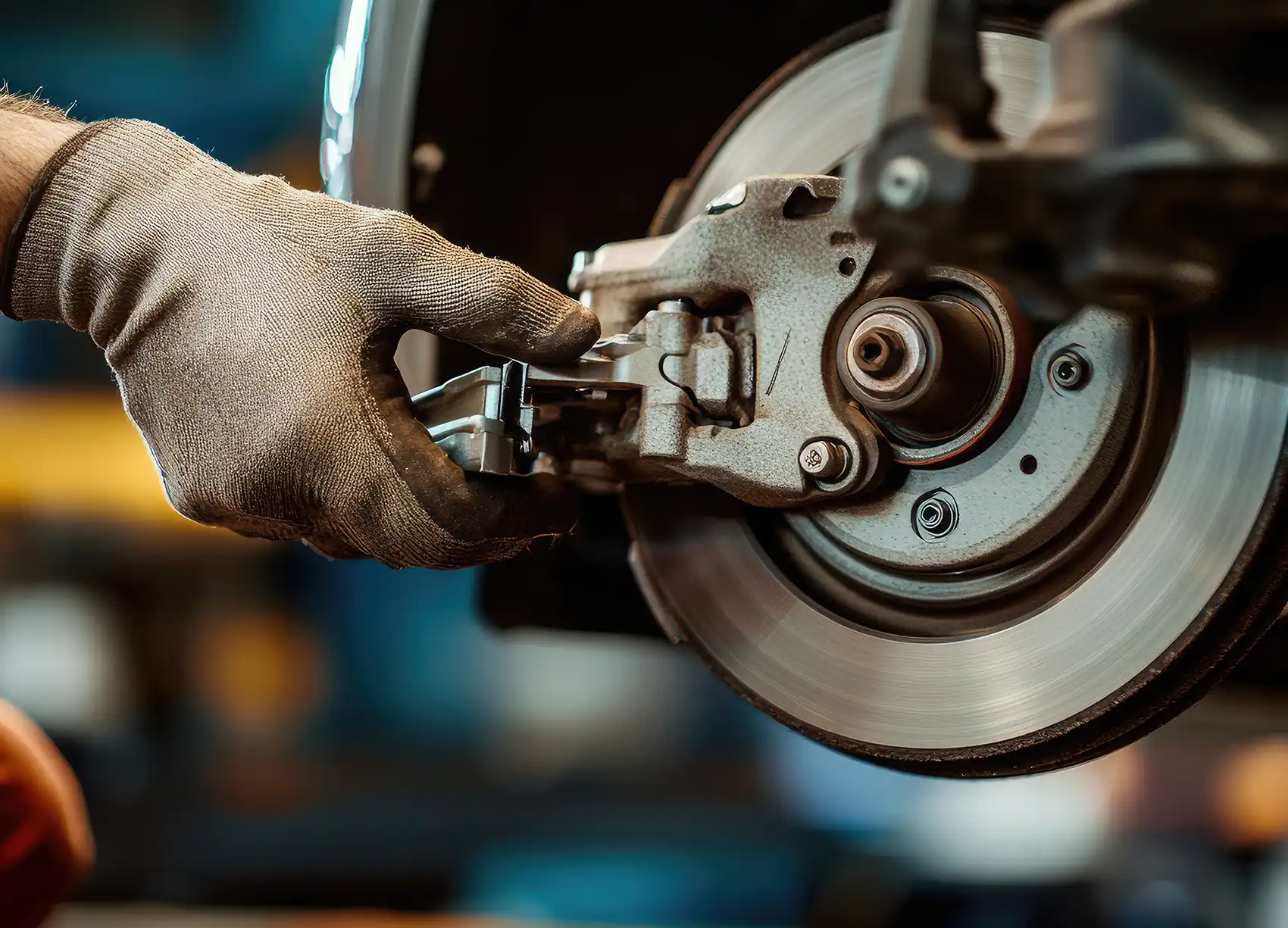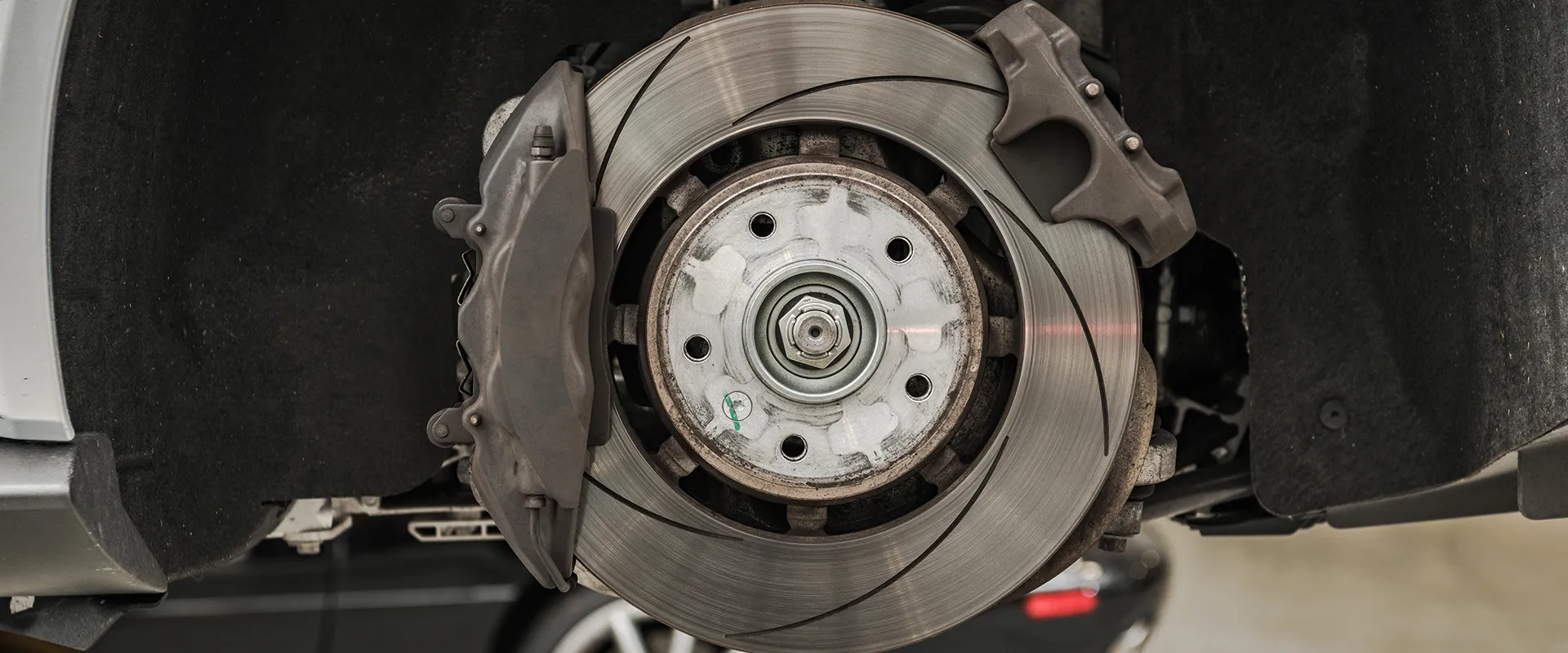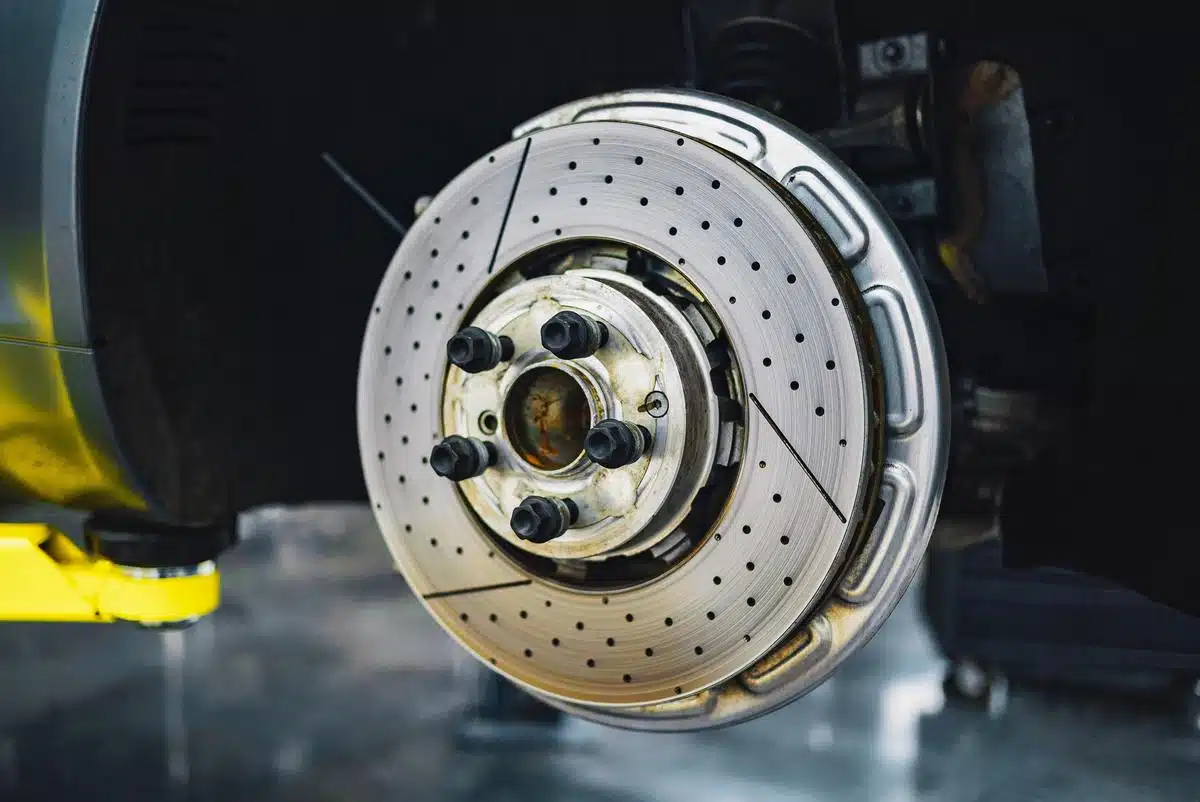When your car is making concerning sounds during a stop, you face a major decision: do you need a simple brake repair or a complete system replacement?
Understanding the difference between these two service types is essential for your safety and your wallet. A minor fix can save you hundreds, but ignoring a serious issue that requires replacement can be dangerous and lead to much more expensive repairs later on.
Here is a guide to help you understand when a repair is enough, and when a full replacement is mandatory:
What is Considered a “Brake Repair”?
Brake repair typically addresses smaller, isolated issues to maintain the function of your existing system without replacing major components like calipers or rotors. It is generally quicker and more cost-effective.
| Component | Common Repair Action | When to Choose Repair |
| Brake Pads | Replacement (The most common “repair” job) | The pads are worn down to 3mm or less (the wear limit), but the rotors are still in good condition. |
| Brake Rotors (Discs) | Resurfacing (or “Turning”) | The rotors have only minor grooves, light scoring, or minor warping. The rotor thickness must still be above the manufacturer’s minimum discard level after resurfacing. |
| Brake Fluid | Refill/Flush | The brake fluid is low or contaminated, but there are no signs of a leak in the brake lines or master cylinder. |
| Calipers | Cleaning/Lubrication | The caliper slide pins are simply stuck or frozen due to dirt or corrosion, and the main piston is still functional. |
When to Choose a Full Brake Replacement
Brake replacement involves swapping out severely damaged or worn components. This is a crucial, long-term solution required when the integrity of the braking system is compromised.
A full brake replacement job can involve pads, rotors, and sometimes the calipers and brake lines.
1. Rotor Replacement (Mandatory)
You must replace your brake rotors (not resurface them) if any of the following are true:
- Below Minimum Thickness: The rotor is already at or below the minimum thickness level specified by the manufacturer, or resurfacing would bring it below that level.
- Deep Damage: The rotors have deep grooves, significant scoring, noticeable cracks, or severe heat warping (often visible as a blue discoloration).
- Repeated Warping: You experience pulsing in the pedal shortly after a resurfacing, indicating the rotor cannot handle heat properly.
Replacing rotors is often recommended over resurfacing in modern cars, as many rotors are made thinner than they used to be and have little material to safely shave off. While resurfacing is often cheaper upfront, replacement provides better long-term safety and performance.
2. Caliper Replacement (Mandatory)
Brake calipers are the major components that squeeze the pads against the rotors. They are designed to last the life of the vehicle (around 100,000 miles), but rust, heat, and corrosion can cause them to fail.
A caliper must be replaced if you experience:
- Brake Fluid Leak: Visible brake fluid leaking from around the caliper’s piston or bleeder screw.
- Vehicle Pulling: The car consistently pulls strongly to one side when braking or even while driving. This is a key sign of a stuck or frozen caliper applying constant, uneven pressure.
- Uneven Pad Wear: One brake pad on an axle is worn down much more quickly or more severely than the others.
- Spongy Pedal: A soft or spongy brake pedal can indicate a leak or that air has entered the line via a faulty caliper seal.
- Burning Smell/Excessive Heat: A pungent chemical or burning smell coming from one wheel, indicating a caliper is stuck and constantly rubbing the pads against the rotor.
Final Safety Checklist
If you notice any of these symptoms, schedule an inspection immediately. Early repairs prevent costly replacements.
| Symptom | What It Means | Likely Action |
| High-Pitched Squeal | Wear indicators on brake pads are rubbing the rotor. | Pad Replacement. |
| Deep Grinding/Growling | Brake pad material is fully gone; metal-on-metal contact. | Pad & Rotor Replacement. |
| Vibration/Pulsation | Warped or severely grooved rotors. | Rotor Resurfacing or Replacement. |
| Soft/Spongy Pedal | Air in the brake line or a fluid leak. | Fluid Flush/Brake Bleeding, check for Caliper leak. |
| Car Pulls to One Side | A caliper is stuck or failing. | Caliper Replacement (with new Pads/Rotors). |





